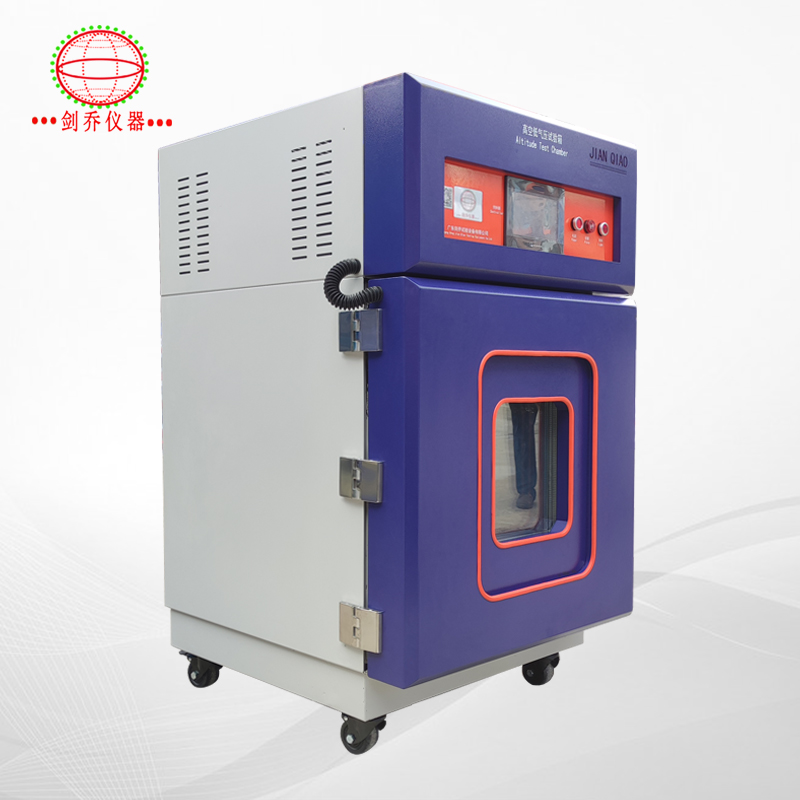
 2023-09-06
2023-09-06  48
48
Lithium batteries are classified as dangerous goods and can pose a safety risk if not tested and packaged in accordance with the transport regulations. UN/DOT 38.3 testing helps ensure the safety of lithium ion or lithium metal batteries during shipping.
The transport of lithium batteries is subject to national and international regulations as detailed by the UN (United Nations) in the U.N. Manual of Tests and Criteria, Sub-section 38.3 (UN 38.3, UN International Air Transport Association (IATA), and the United States DOT (Department of Transportation) which defines shipping regulations for the U.S. under 49 CFR, Sections 100 – 185.
UN/DOT 38.3 details environmental, mechanical, and electrical requirements for all lithium cells and batteries. Manufacturers of lithium batteries and products using lithium batteries must demonstrate compliance in the design, manufacturing and distribution of their products.
Eight of the UN 38.3 test requirements applicable to the transportation of lithium batteries include:
T1 – Altitude Simulation (Primary and Secondary Cells and Batteries)
Low pressure testing that simulates un-pressurized airplane cargo area at 15,000-meter altitude. After storing batteries at 11.6kPa for >6 hours ,at ambient temperature (20±5℃) these criteria shall be met: no mass loss, leaking, venting, disassembly, rupture or fire, and voltage within 10% of pre-test voltage.

T2 – Thermal Test (Primary and Secondary Cells and Batteries)
Test covers changes in temperature extremes from -40℃ to +75℃ Batteries are stored for 6 hours at -40℃ (12 hours for large cells /batteries), then 6 hours at +75℃ (12 hours for large cells/batteries), for a total of 10 cycles.
JQ-8130 Thermal abuse Tester
T3 – Vibration (Primary and Secondary Cells and Batteries)
Test simulates vibration during transportation. Test is a Sine Sweep: 7Hz – 200Hz – 7Hz in 15 Minutes; 12 Sweeps (3 hours); 3 mutually perpendicular axes.
JQA-202-335 20kN Vibration Test System
T4 – Shock (Primary and Secondary Cells and Batteries)
Test also simulates vibration during transportation. Test is a Half-Sine pulse: 150G/6ms for small cells/batteries; 50G/11ms for large cells/batteries; 3 pulses per direction; 6 directions (+/-z, +/-x, +/-y).
IS-20 Shock Test Machine
T5 – External Short Circuit (Primary and Secondary Cells and Batteries)
This test simulates an external short to the terminals of the cell or battery. At temperature of +55C, apply short circuit (<0.1ohm) across terminals. Maintain at least an hour after sample temperature returns to +55 +/-2°C. Pass criteria are: Case temperature does not exceed +170°C and no disassembly, rupture, or fire within 6 hours of test. Fuse, current limiting circuit, and venting mechanism activation are allowable.
T6 – Impact (Primary and Secondary Cells)
This test is only applicable to primary and secondary cells. For cylindrical cells >20mm diameter, it simulates impact to case of cell.
T7 – Overcharge (Secondary Batteries)
This test is for secondary or rechargeable batteries only. It simulates an overcharge condition on a rechargeable battery: 2x the manufacturer’s recommended charge current for 24 hours. Then battery shall be monitored for 7 days for fire or disassembly.
T8 – Forced Discharge (Primary and Secondary Cells)
This testing simulates a forced discharge condition for primary and secondary cells only.